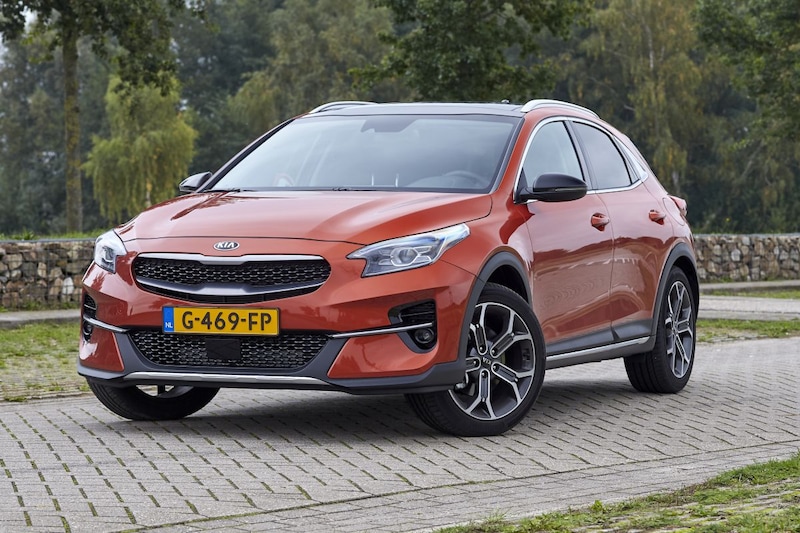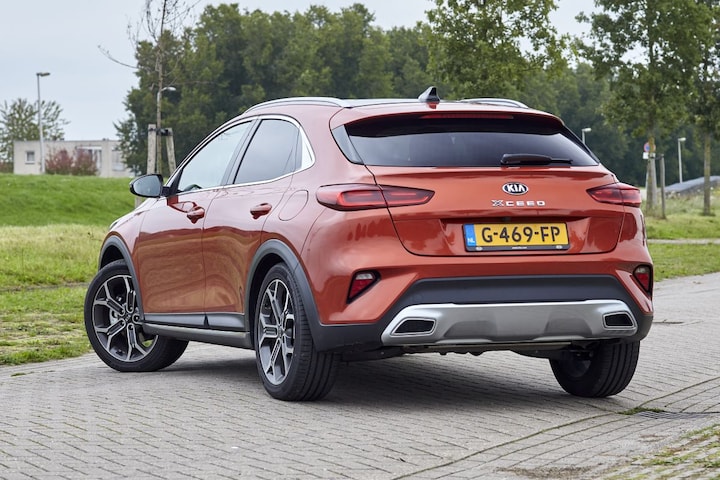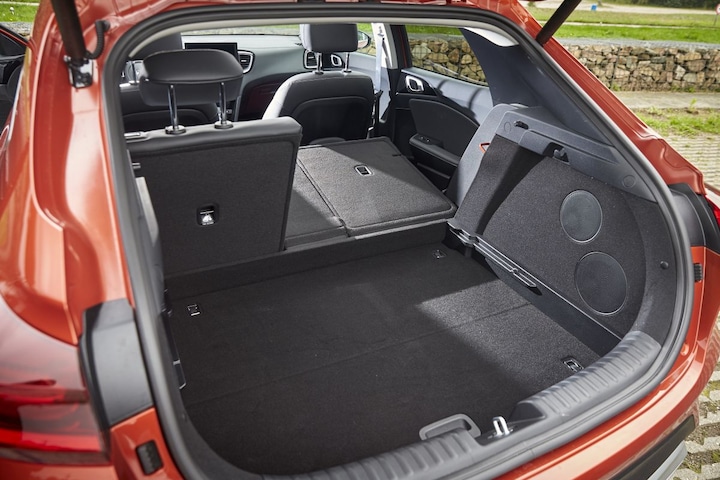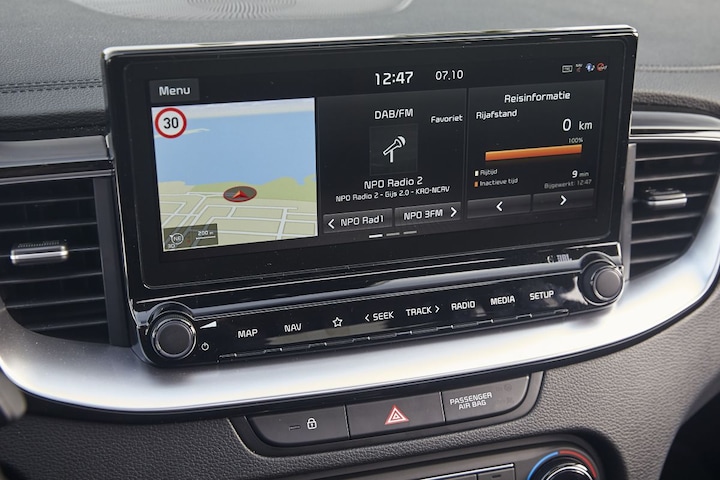‘It is less comfortable to drive on cobbled and bumpy roads’


The Ceed is a silent force in Kia’s range. It doesn’t really stand out, but has sold better than a Volkswagen Golf in recent years. If you want a striking Ceed, Kia gives you a number of options. You can opt for the ProCeed shooting brake, or for the slightly higher-legged XCeed. Not just a hatchback with extra plastic, but a model with a completely redesigned body. Does it meet or even live up to expectations? Let’s check the user reviews for that.
The body may differ, but underneath the XCeed is of course primarily a Ceed with drivetrains from a Ceed, and despite the higher body, four-wheel drive is not an option. The XCeed is 8 centimeters longer, 2.6 centimeters wider and 3.6 centimeters higher than a hatchback, with the height almost entirely benefiting the ground clearance. Are you not interested in something like ground clearance, but would you like to know what people think of the ‘normal’ Kia Ceed and Ceed Sportswagon? You can read that here.

Is XCeed more practical?
The slightly increased exterior dimensions benefit, among other things, the trunk space, which measures 426 liters, compared to 395 for the regular hatchback. This does not make the XCeed really gigantic, but owners seem to realize that before purchasing. Most don’t say a word about it. The following drivers do: “Fortunately we don’t often have a lot of stuff to take with us, but nevertheless the trunk is not too spacious,” says the driver of a 1.0 T-GDI from 2020. The problem does not appear to occur often. “We have only experienced this as a negative point once(!) when we had to transport a lot of stuff,” it adds.

A Belgian XCeed PHEV driver also provides insight into space. “To make optimal use of the suitcase, the parcel shelf must be removed,” he reports. “Then just 4 Ryanair cabin cases go in there. Plus some minor junk.” He casually criticizes a convenience feature. “The electric trunk is okay, but opening it by waving your foot would have been more convenient. Now you have to stand behind your suitcase for 5 seconds.” We also don’t read much about the seats and seating position, but the comments that are there are purely positive.

On the road with the Kia XCeed
The handling of the Kia XCeed seems to satisfy most drivers. The following PHEV driver pays little attention to the specific driving characteristics, but has tested something else for you. “I recently checked its top speed in Germany and found it to be 198 km/h in Sport mode. The car does that in relative peace.”
Another PHEV driver has a completely different purpose for his car. “We recently went away for 2 weeks with the caravan, a total of 700 km. Rides of about 150 – 200 km each time, where I did not drive in sports mode. As far as the driving itself is concerned, the car is great. Compared to the Hyundai iX35, the car drives a lot more stable, and acceleration is certainly a lot easier.”

A third PHEV driver also contributes and describes the driving experience. “The XCeed PHEV is quiet when it drives electrically, but even when the petrol engine starts you still hear little. What is noticeable is the tire noise.” The latter is a comment that we saw remarkably often with the Ceed hatchback and station wagon, but with the XCeed it is only mentioned once.
The driver of a 1.0 T-GDI DynamicPlusLine also makes a negative comment. “It is less comfortable to drive on cobbled and bumpy roads,” he writes, followed by a possible explanation. “This is mainly due to the wider 18-inch rims.” Another feature: “On cloverleaves/in curves with ridges, the car sometimes wants to jump to the side. If you are not used to this, you will be shocked the first time. This happens more often with Kias, just take the corners a little slower.”

And there is more criticism, namely about the operation of some driving functions. For example, several drivers note that the Auto Hold function must be reactivated after every start, which also applies to the cruise control.
Assistance systems less refined
Now that we are talking about the cruise control, the adaptive variant does not meet everyone’s approval. “ACC is very nervous (‘close’ position selected), but it feels as if the car is continuously holding back and accelerating even though there is no car nearby,” reports the driver of an XCeed 1.6 PHEV. The lane assist can also count on criticism. “The constant pulling on the steering wheel is really annoying,” he says. The sensors also do not like bad weather, notes another driver. “When the weather is or has been extremely bad, the sensor sometimes gives some kind of error. This often means that, for example, my collision warning does not work or does not work properly.” The solution is simple, but requires an extra stop. “I often drive a long way and then simply turn the car off and on at a gas station. This has always worked so far.”

Maintenance, malfunctions and irritations
Now it’s time for the shortest heading of this article. Owners and users of a Kia However, a PHEV driver does have to deal with something that we are inclined to call ‘small suffering’, although it is inconvenient if it happens to you. “The car has been away for its first major service. During this period I had a problem with the fuel valve that refused to open while I was in Belgium with not much fuel. Neatly resolved by Kia. Furthermore, 1 speaker at the left rear that resonates… will be replaced soon.”
The Kia XCeed, like its earthier brother, seems to be a car that satisfies its owners. But he does not exceed expectations, as his name hints at. Owners simply report too few specific positives for this. What is striking is that people complain less about tire noise, while this was commonplace with the hatchback and station wagon. Does this sound like a negative conclusion? It certainly isn’t. It seems that just about every Ceed knows a satisfied user.
– Thanks for information from Autoweek.nl




